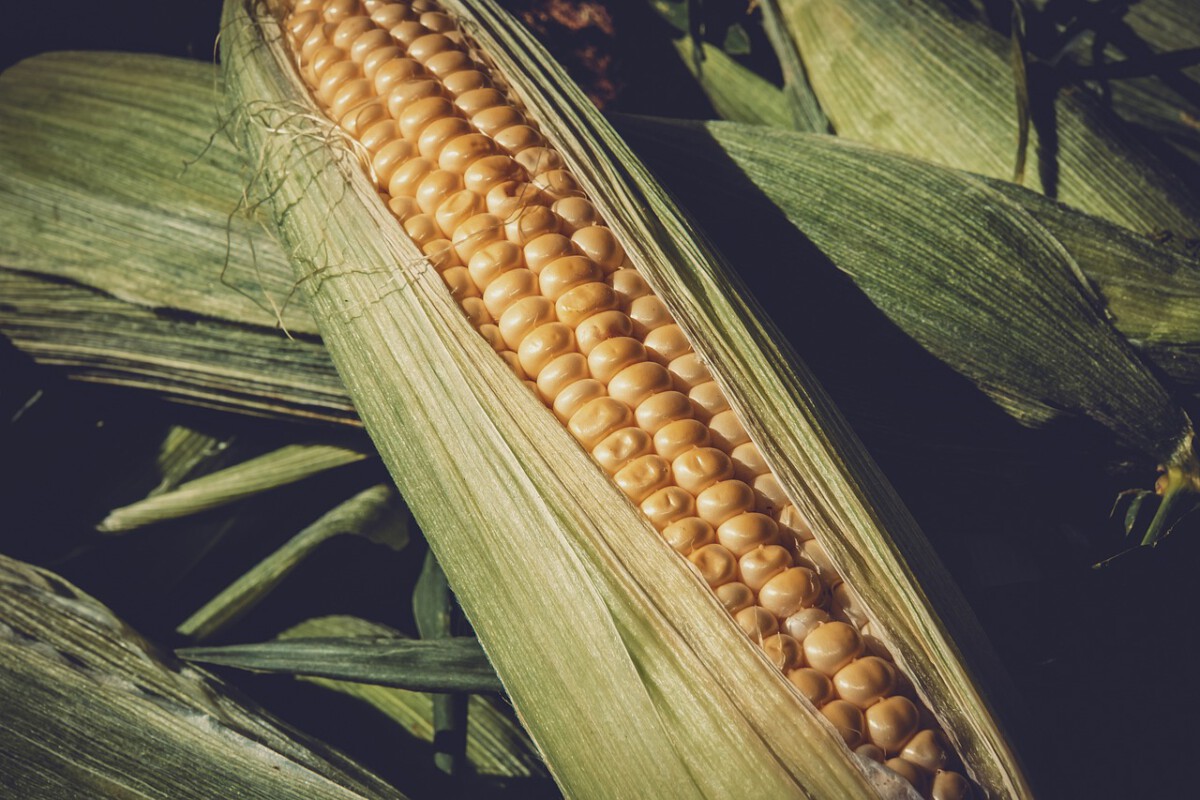In today’s rapidly changing global economy, tariffs have become a buzzword that stirs emotions and fuels debates. But what do tariffs mean for the American farmer? Imagine a world where the fruits of labor, quite literally, are left to rot because they can’t reach foreign markets. This is not a dystopian novel; it’s a reality faced by many states in the U.S. Let’s delve into the top 10 states where agriculture is under siege from the looming threat of tariffs.
California: The Golden State’s Golden Dilemma

California, often hailed as the breadbasket of the nation, stands at the forefront of states grappling with tariffs. Known for its vast array of produce, from almonds to avocados, California’s agricultural sector is a powerhouse. However, tariffs on exports to key markets like China and the European Union threaten this prosperity. For a state that exports billions in agricultural products annually, even a small tariff can have ripple effects, affecting farmers, distributors, and local economies. The emotional toll on farmers, who see their hard work devalued, is immense. They are left wondering if their golden fields will soon turn barren.
Iowa: Corn and Soybeans in Jeopardy
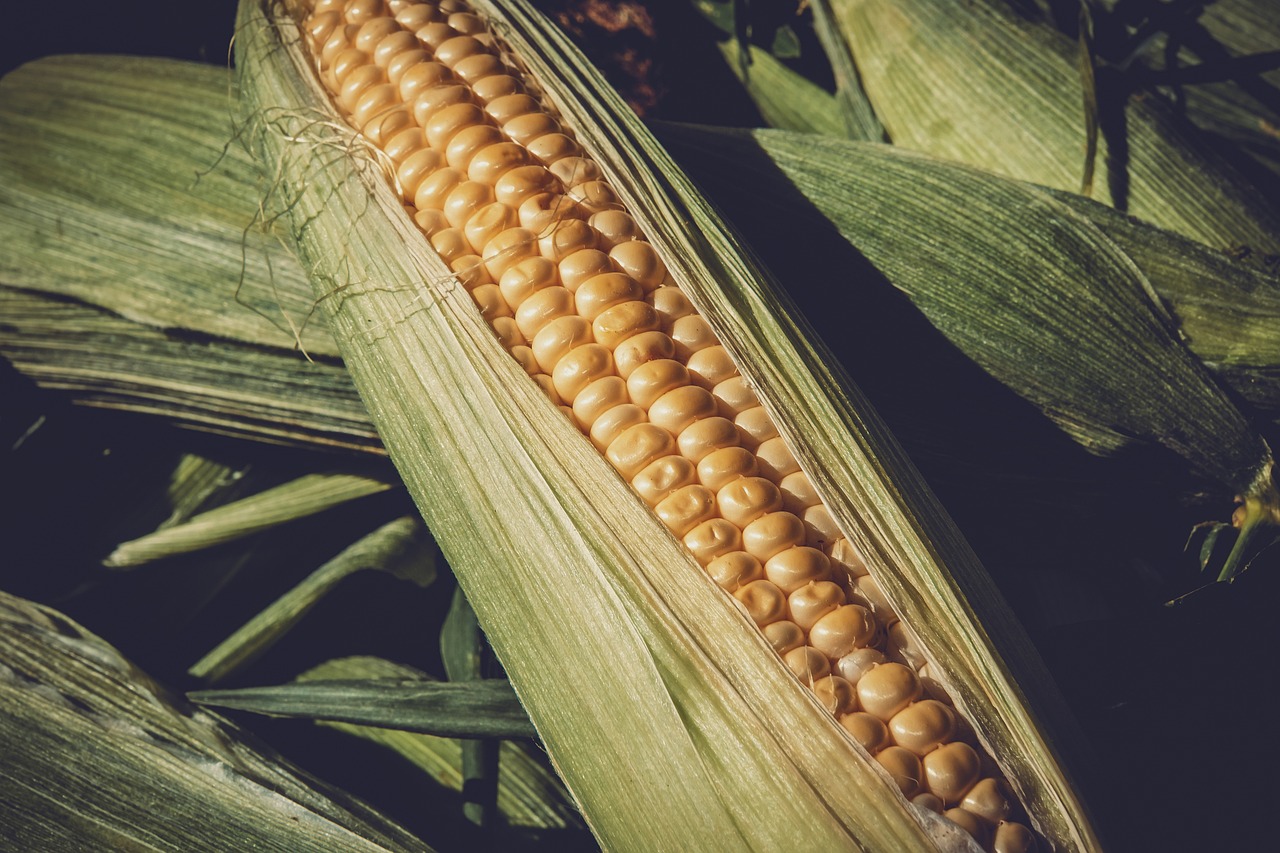
Iowa, the heartland of America, is synonymous with corn and soybeans. These crops are not just staples; they are symbols of Iowa’s identity. But with tariffs targeting these commodities, Iowa farmers face an uncertain future. The state’s reliance on exporting these crops means that tariffs can lead to devastating losses. Farmers are caught in a bind, forced to store unsold produce or sell at a loss. It’s a shocking reality that leaves many questioning the sustainability of their livelihoods.
Texas: More Than Just Oil

While Texas might be famous for its oil, its agricultural sector is no less significant. From cattle to cotton, Texas produces a diverse range of agricultural products. However, tariffs, particularly those affecting beef exports, pose a significant threat. The Lone Star State’s ranchers find themselves in a precarious position, with international demand dwindling due to increased costs. The impact is not only economic but also cultural, as ranching is deeply ingrained in Texan heritage.
Illinois: The Soybean State’s Struggles
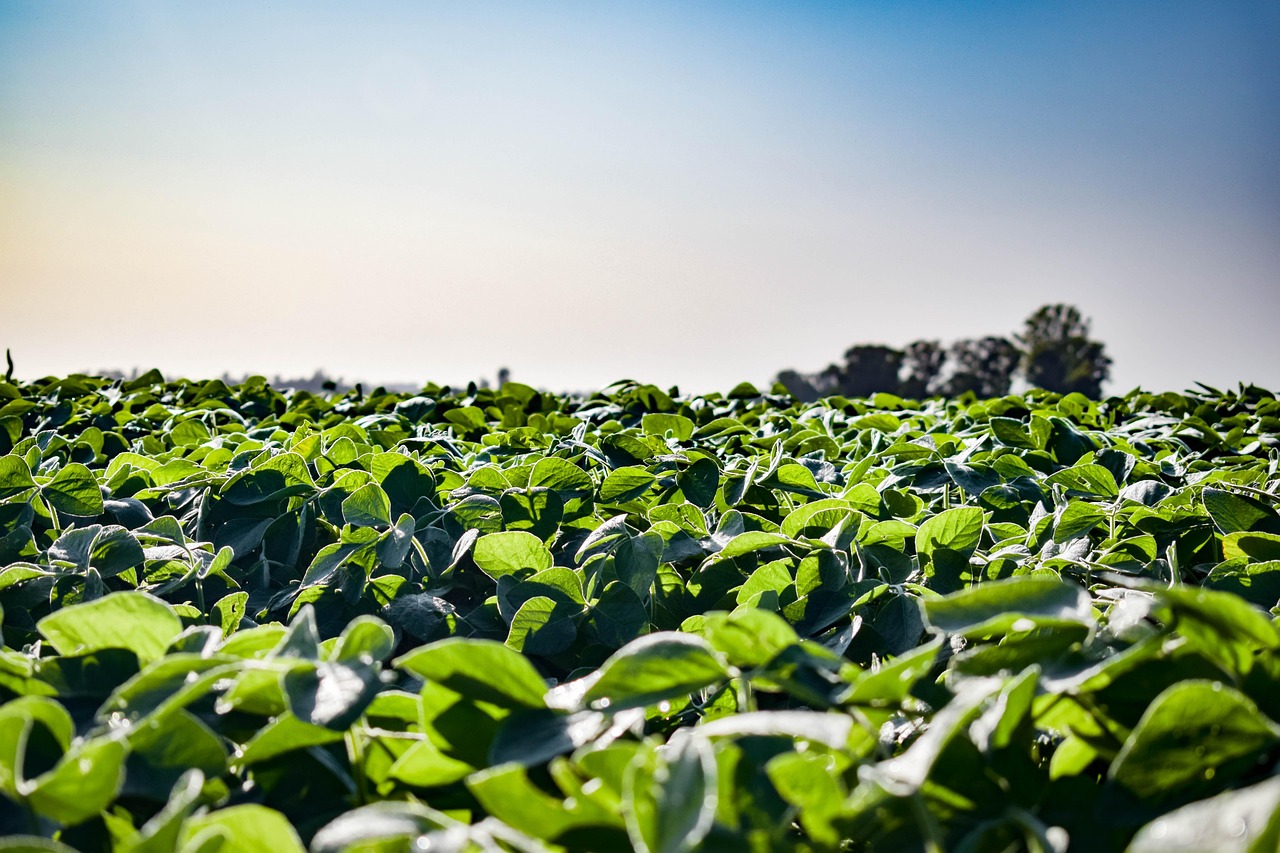
Illinois, another major soybean producer, finds itself in a similar predicament to Iowa. The imposition of tariffs on soybeans, a staple export, has led to a surplus, driving prices down. Farmers, who have invested heavily in equipment and land, face mounting debts and dwindling returns. The emotional strain is palpable, as generations of farming families fear for their future. The state, known for its vast, fertile fields, now faces the possibility of those fields lying fallow.
Florida: Citrus in Crisis
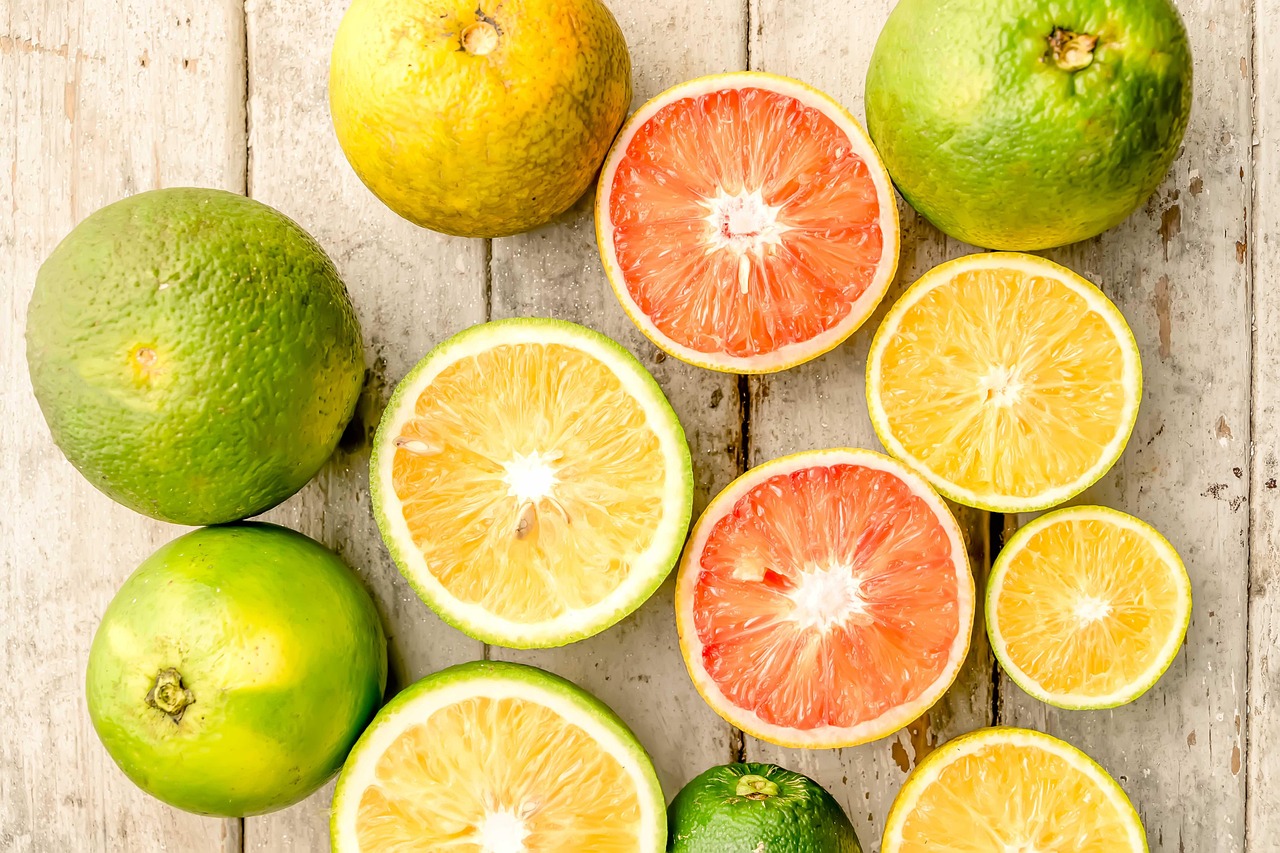
Florida’s sunny climate makes it ideal for citrus production, a cornerstone of the state’s economy. However, tariffs on citrus exports, especially to European markets, have hit Florida hard. The state’s iconic oranges are left hanging on trees, with fewer buyers willing to pay the inflated prices. For many Floridian farmers, this isn’t just a financial loss; it’s a blow to their identity and pride. The sight of unpicked fruit is a stark reminder of the challenges they face.
Wisconsin: Dairy Dilemmas
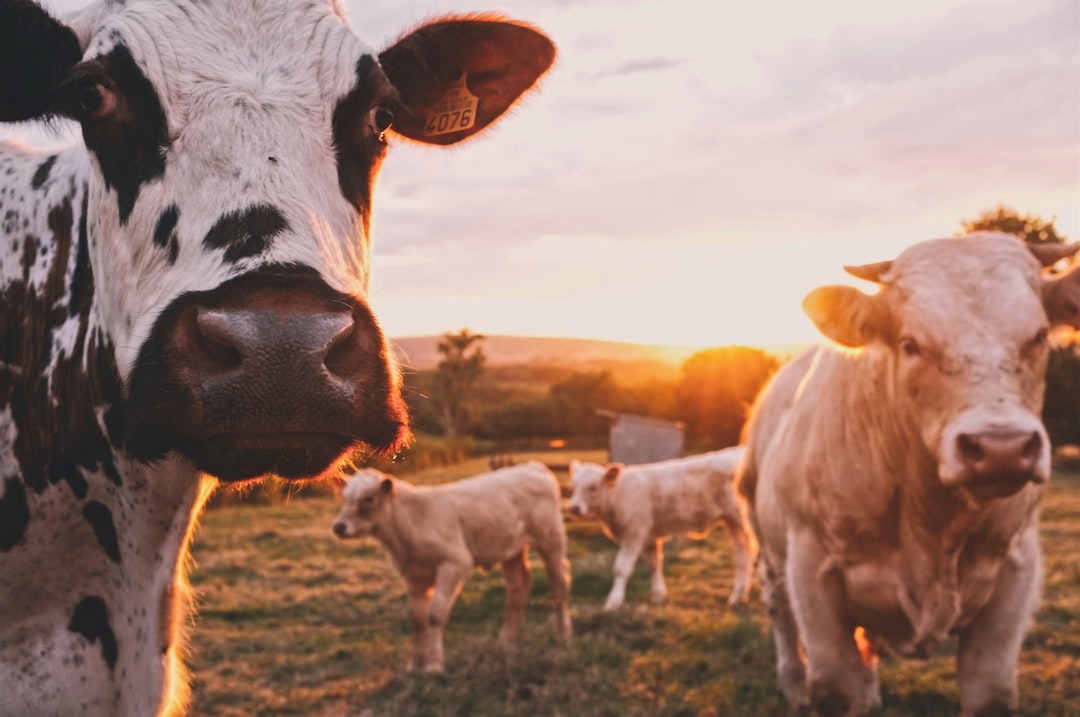
Wisconsin, affectionately known as America’s Dairyland, is renowned for its cheese and milk. However, tariffs on dairy exports have left Wisconsin’s farmers in a quandary. The state’s dairy industry, already grappling with declining milk prices, now faces further pressure. Many small family farms are at risk of closure, unable to compete with the larger players. The emotional impact is profound, as dairy farming is more than a job for many Wisconsinites; it’s a way of life.
North Dakota: Wheat Woes
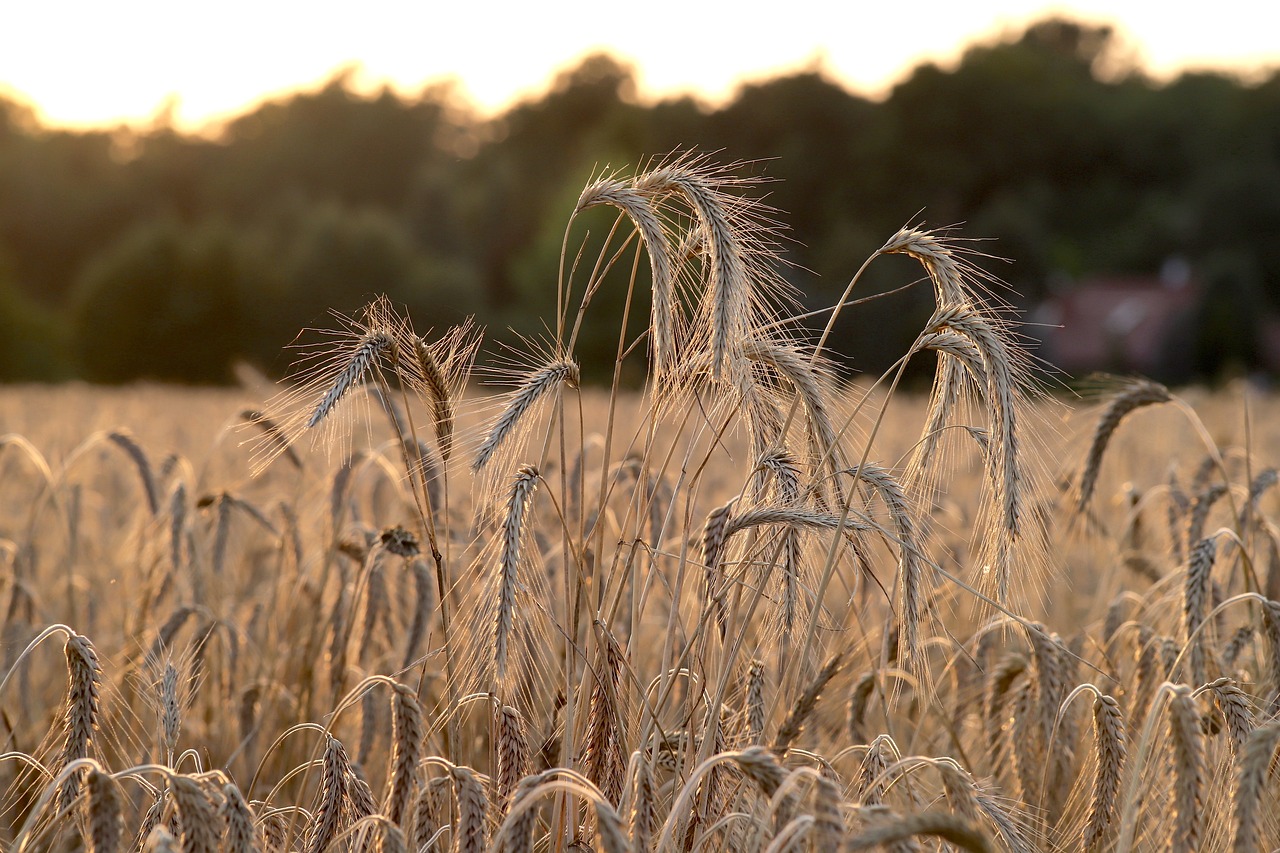
North Dakota, with its vast wheat fields, is another state feeling the pinch of tariffs. Wheat, a staple crop, has seen reduced demand due to increased export costs. Farmers are left with unsold stockpiles, leading to financial strain and uncertainty. The state’s agricultural community, which has weathered many storms, now faces one of its toughest challenges. The sense of community and resilience is strong, but the road ahead is fraught with difficulties.
Kansas: The Sunflower State’s Setback
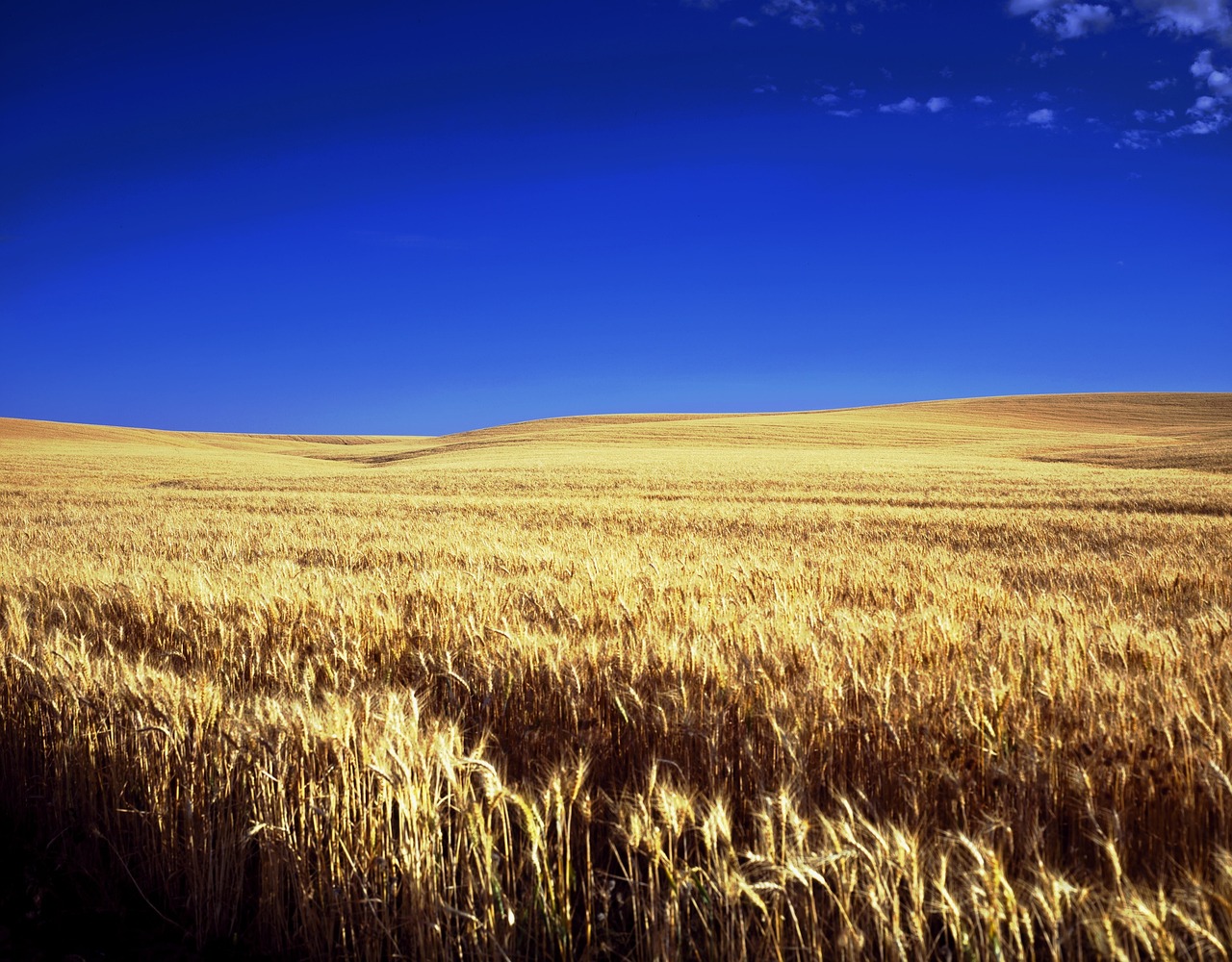
Known for its sunflowers and wheat, Kansas is another agricultural hub under threat from tariffs. The state’s farmers, who have long relied on export markets, now face reduced demand and lower prices. The impact is felt across the state, affecting not just farmers but also local businesses and communities. The spirit of Kansas is one of perseverance, but the challenges posed by tariffs are testing that resolve.
Georgia: Peanuts and Pecans in Peril
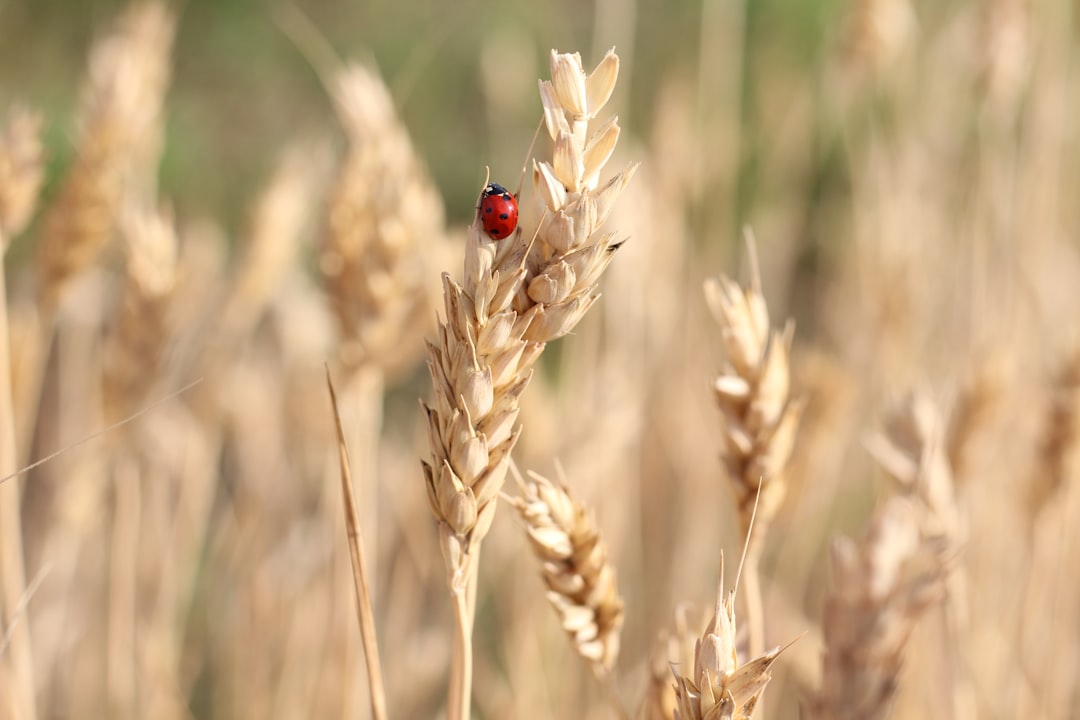
Georgia, famous for its peanuts and pecans, is facing a unique challenge. Tariffs on these nuts have led to decreased demand from international buyers, affecting prices and profits. For many Georgian farmers, this isn’t just about business; it’s about preserving a legacy. The state’s rich agricultural history is at risk, with farmers grappling with the reality of reduced income and increased uncertainty.
Washington: Apples and Cherries in Trouble

Washington, with its lush orchards, is a leading producer of apples and cherries. However, tariffs on these fruits have led to a surplus, with fewer international buyers willing to pay the increased prices. The state’s farmers, who take pride in their high-quality produce, are left in a difficult position. The emotional toll is significant, as they watch their hard-earned crops go unsold. Washington’s agricultural community, known for its innovation and resilience, now faces an uphill battle.
In conclusion, tariffs pose a significant threat to the agricultural sector in these states. The impact is not just economic but also emotional, affecting the livelihoods and identities of countless farmers. As the global economy continues to evolve, the challenge for these states is to adapt and find new ways to thrive.

